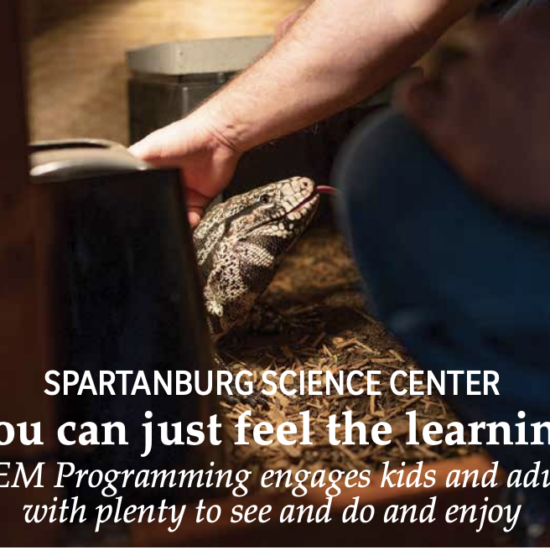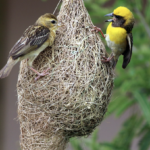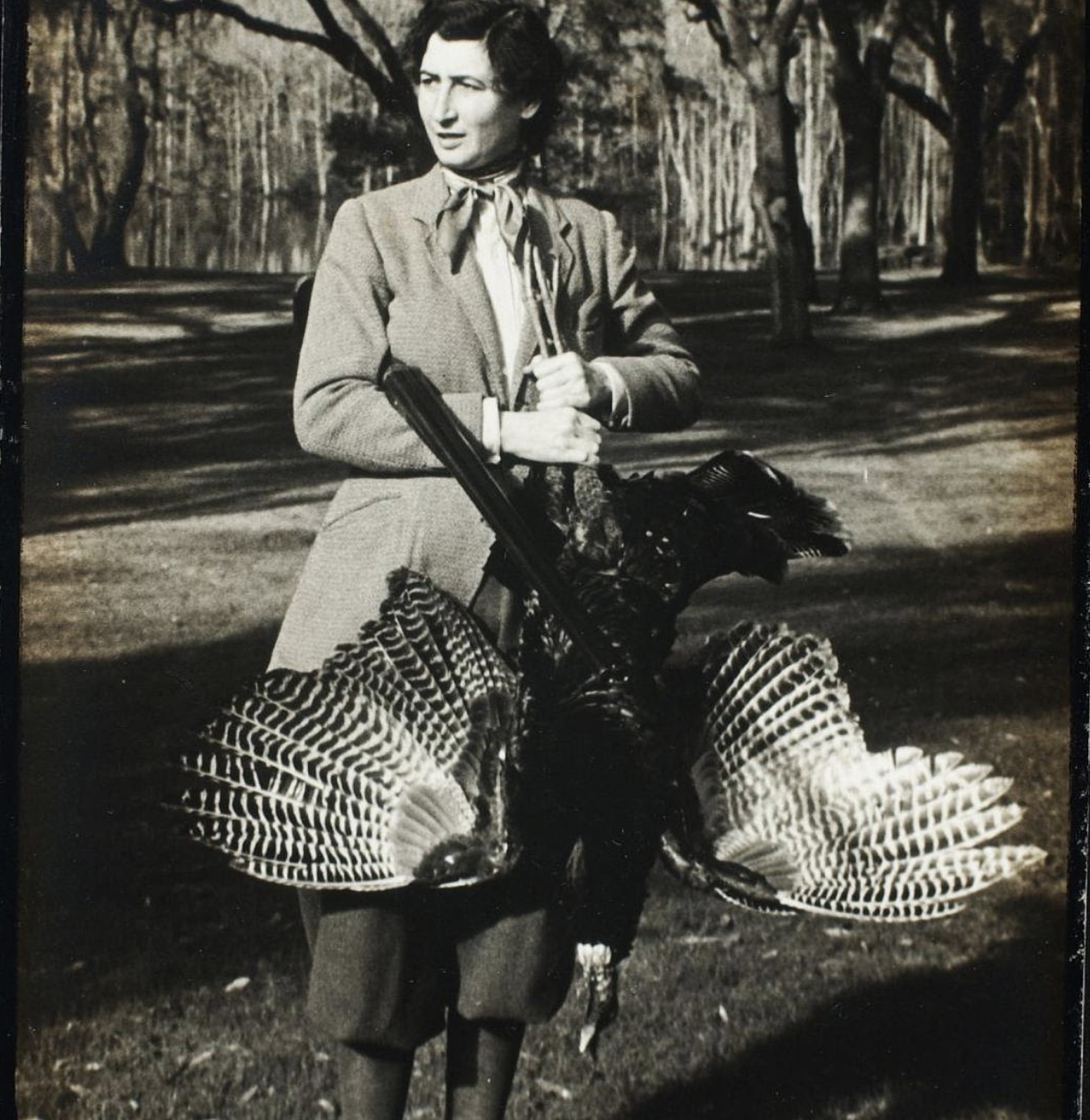
Wonderful Scientist Wednesday
Meet Conservationist
Belle W. Baruch
While not a scientist in the strictest sense, South Carolina is indebted to the conservation work of an enigmatic woman, Belle W. Baruch.
Belle Baruch was born August 16th in 1899 in New York City — but her roots to America began in the South. Long before Belle was born, her paternal grandfather moved from East Prussia to Camden, South Carolina. There he was taken under a local store owner’s wing who virtually adopted him as a son. When Belle’s grandfather took an interest in medicine, the shop owner paid for his education, setting Belle’s family on a path toward future wealth.
Dr. Baruch would go on to work as a surgeon in the Civil War, and a notable physician in New York and South Carolina alike. He was the first doctor to complete an appendectomy — removing an infected appendix without further harming the patient! In South Carolina he advocated for children to receive the smallpox vaccine and through his work he saved thousands of lives. New York City would also be grateful for his work campaigning for clean water and public bathhouses as a way to both reign-in disease and care for the thousands of new immigrants entering the city.
In New York City, Dr. Baruch and his wife Belle had a son, Bernard, who began work on the New York Stock Exchange at only 19 years old! As a young businessman, Bernard made a legacy on wall street. He earned the nickname “The Lone Wolf of Wall Street,” as he worked for himself, and not any major trading groups. Bernard would go on to advise presidents during both world wars, and he became a trusted friend to the likes of Woodrow Wilson, Franklin Delano Roosevelt, and Harry Truman. Bernard Baruch developed a legacy for himself, but he may have been most proud of his daughter, Belle Baruch.
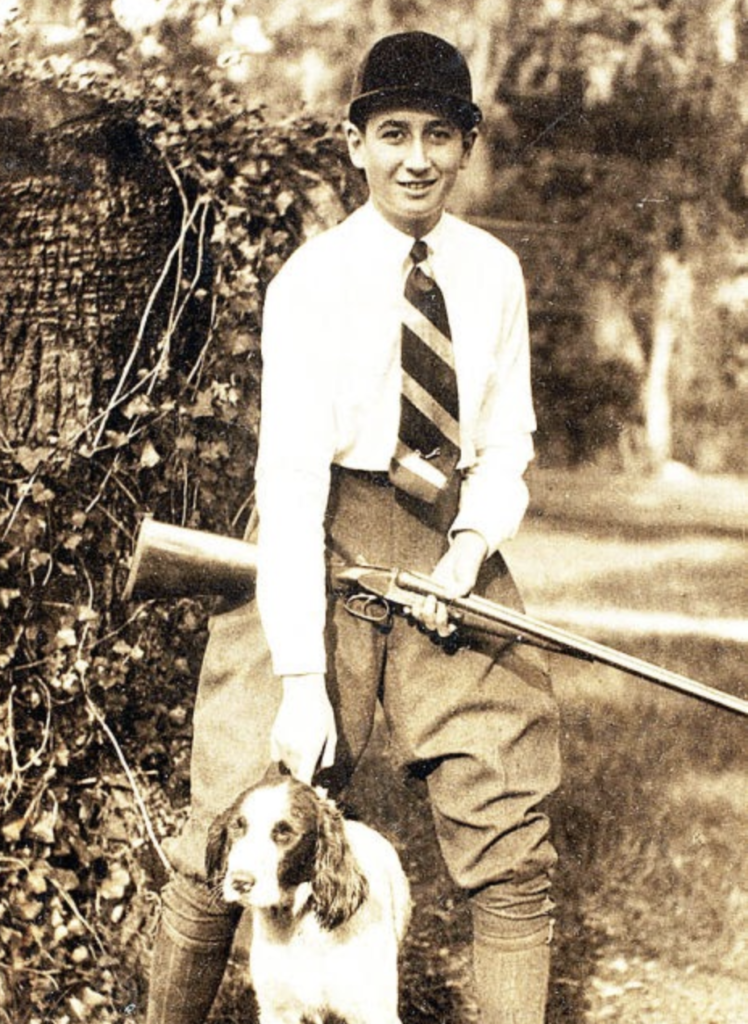
Named after her paternal grandmother, Belle Baruch defied expectations her entire life.
As a child her family split time between the wilds of the South Carolina coast and New York City. She was fortunate that around 1906 her father purchased the “Hobcaw Barony” on the South Carolina coast. This enormous tract of almost 20,000 acres was composed of some 69 old plantations, forests, marshland, and beaches. There Belle grew up hunting turkeys, jumping horses, and running wild just like one of the boys.
As a young adult Belle made a name for herself as a horseback rider. In fact, it is said that if women were allowed to compete in the Olympics, she would have taken the gold! At this time in history, Adolf Hitler was rising in power in Germany. After hearing about Belle on her horse, Hitler tried to buy the horse from her. However, Belle’s family was Jewish and from Eastern Europe — she told Hitler, “No.”
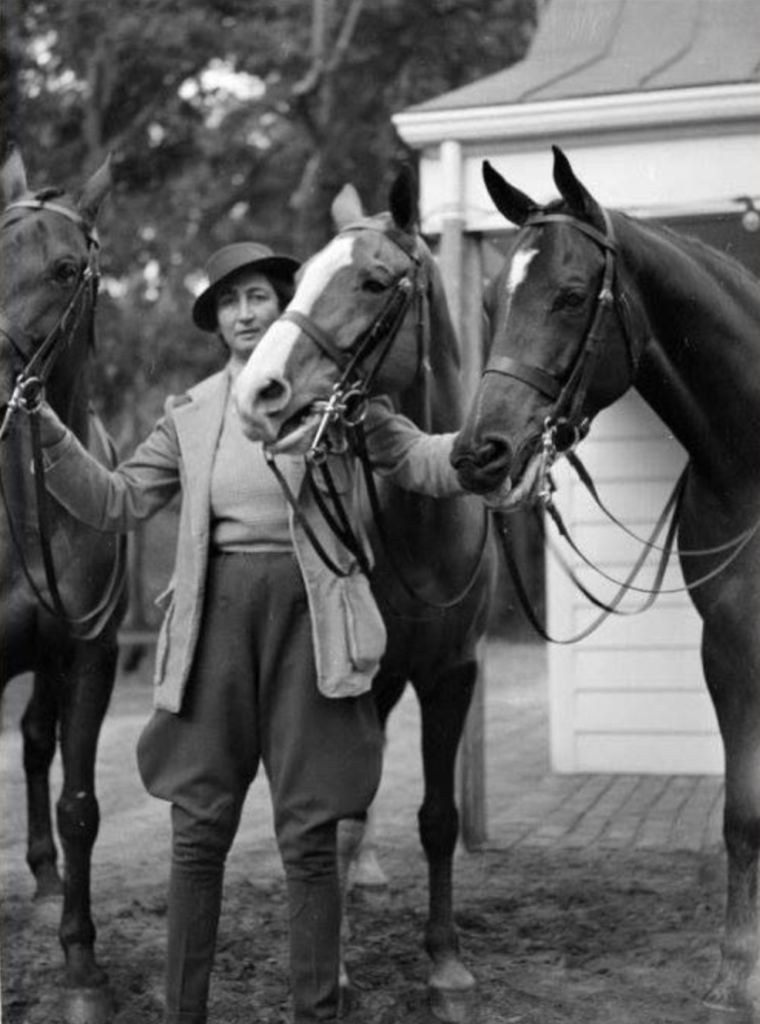
During World War II, Belle worked for both the American Red Cross and as a trainer in the Women’s Radio Corp — teaching morse code to soldiers during the war. Furthermore, as a pilot, she would fly her plane up and down the coast of South Carolina searching for German submarines. Even though she was a volunteer, she rose through the ranks and made a name for herself as a servicewoman. After the War she would go on to advocate for peace through the League of Nations.
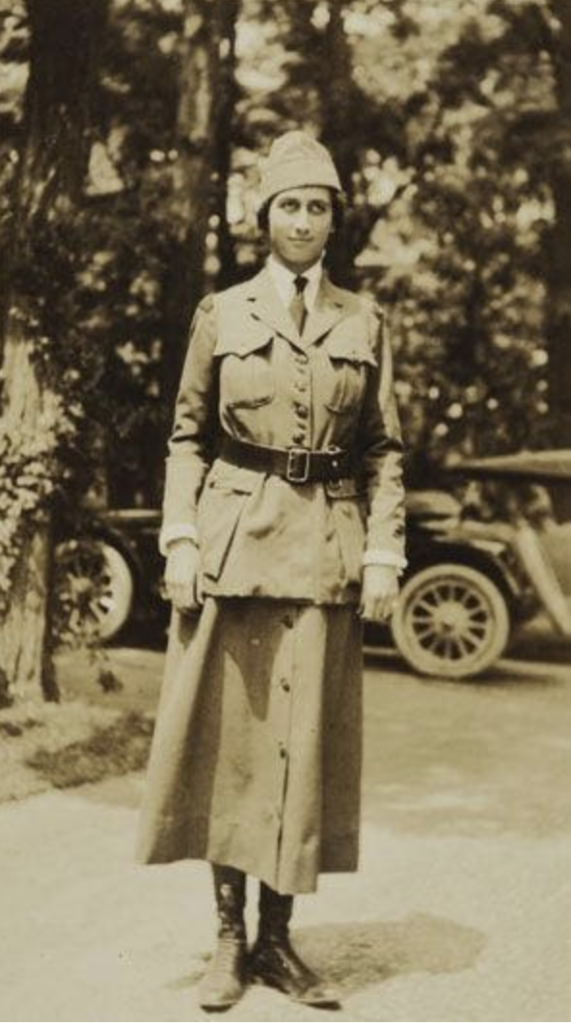
Belle Baruch passed away in 1964 from brain cancer. Toward the end of her life Belle would reflect on the values that mattered to her, including conservation and education. In the 1960s she went on to donate the entirety of the Hobcaw Barony for education and research. Now the land sits in trust and it is used by Clemson and the University of South Carolina to study everything from estuaries to longleaf pine forests and more.
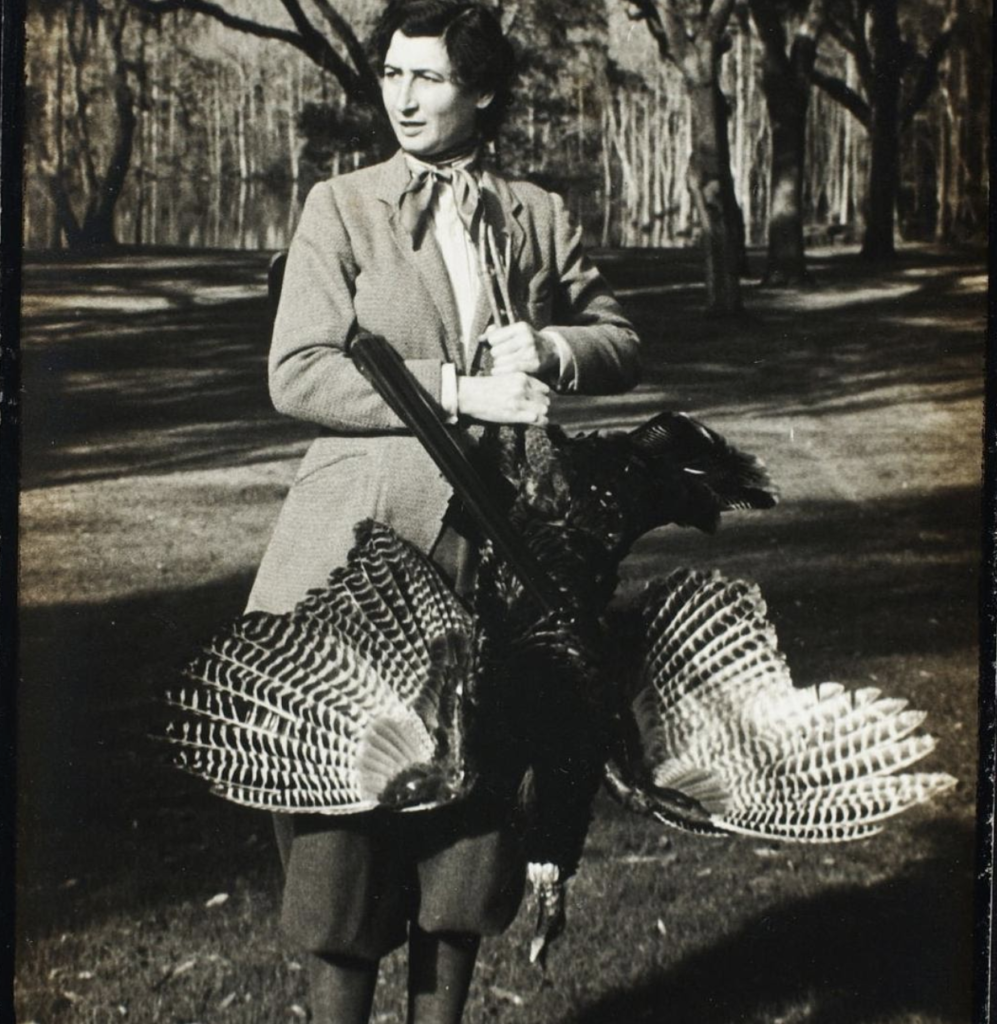
Subscribe to stay in the loop with all our exciting activities!
